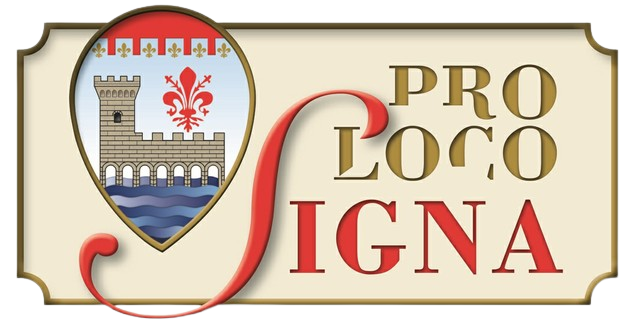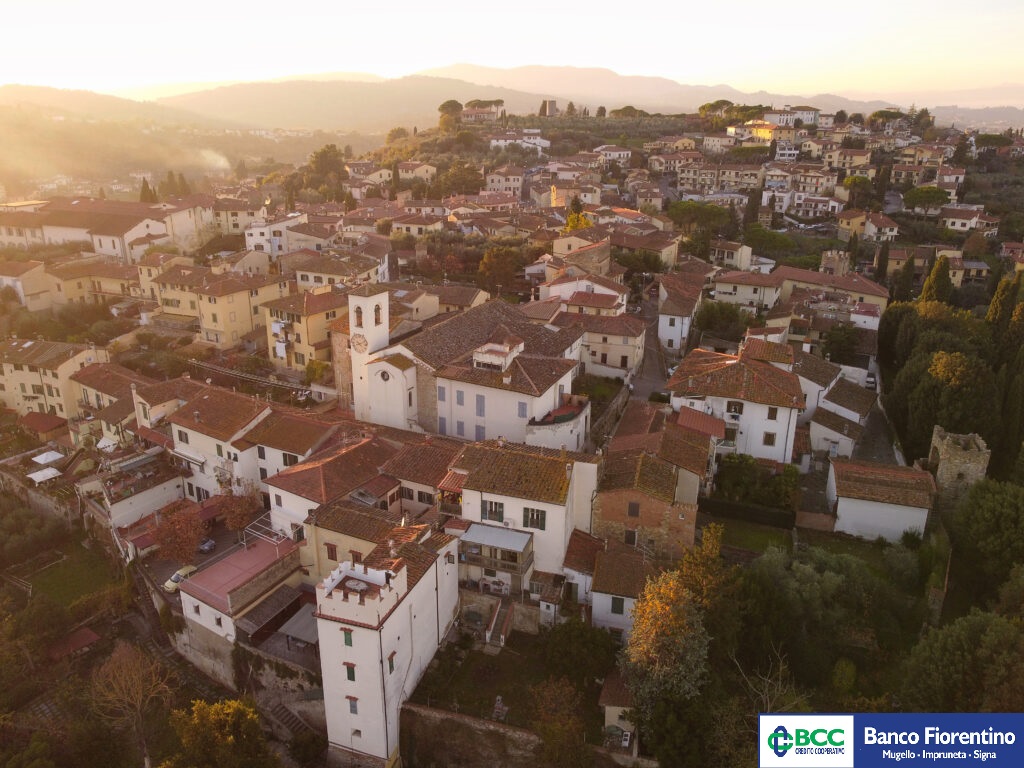The hat, an essential accessory for a woman of yesteryear, essential for sheltering her head from the cold, sun or rain, has a tradition of over one hundred years in Tuscany in particular The straw hat of Florence, former protagonist of Eugene Labiche's comedy 1851. It is said that in Tuscany in the sixteenth century straw hats were worked so refined as to become a source of pride for the court itself, so much so that the Grand Duke Cosimo I (1519-1574) used to give them to the sovereigns of Europe, thus intending to pay homage to them with the best product of the Kingdom. But it was in 1714 that a certain Domenico Sebastiano Michelacci who moved to Signa da Galeata near Forlì, intrigued by the woven hats made with stems obtained from the beating of wheat by local farmers, decided to sow wheat for the sole purpose of obtaining straw to make hats. He obtained results that allowed him to obtain very fine stems such as to create extremely thin braids with which he could make refined hats, which he was then able to sell abroad as well, as reported by the plaque in the church of San Miniato in Signa, where he was buried, “he was the first to export and sell straw hats abroad. He died in Signa on August 3, 1739”. Carlo Lorenzini, better known as Collodi, in his "A novel in steam", published in 1857, tells the first travelers of the railway that leads from Florence to Livorno with all-Tuscan brio, the journey by train bringing back curiosities and traditions of the various countries bordered by the railway. Arriving at the Signa industry, Onor del Tosco reign (verses by Marco Lastri), gives a beautiful description of the town all engaged in the manufacture of straw hats, and reproaches its inhabitants for not having given due recognition to Michelacci's ingenuity. In this regard he writes: "... the Dutch erected a statue to the man who found the way to salt and preserve herring, it seems to me that the Signesi, with more reason, should have sculpted a mausoleum in memory of this Domenico Michelacci." The wheat, sown thickly so that it stretched in search of the light, and in shallow furrows so that it could be easily shaved, was the gentle red with remains in the two varieties called semone and seed, based on the size of the grain. The names assumed by this seed varied from area to area and the semone was sometimes identified with the marzuolo, known since Roman times. To harvest it, it was not expected to reach maturity, but it was shaved when the grain was still to be formed and the culm was partially green. It was then arranged in bunches called mannelli and exposed to the sun for three days interspersed with as many nights to rehydrate it in the dew. With this procedure the evaporation of the water, which remained in the specially shaved and unsawn culm and of that reabsorbed during the night, took away the color and whitening was obtained. The straw thus assumed a warm golden blond color which made it inimitable and appreciated everywhere in Europe where it was also exported still to be worked. The last internode was useful for the interweaving, which was slipped off by holding the culm to free it from the leaf that encases it until it detaches from it at the point where the tongue appears placed around the middle of the same internode. Once pulled out, the internodes were freed from the ear and, once eared, they were gathered in bunches and destined for interweaving. The parade, after returning from school, was also the task of the girls who thus contributed to the family economy. We then proceeded to arrange them in bunches by choosing the threads according to the gauge, using the honing machine for selection. The messengers bought the straw from the farmers and handed the handfuls to the braiders scattered throughout the countryside. At the time of the Grand Duchy of Tuscany with Pietro Leopoldo (1765-1790) this industry was so important that it was said that a woman who had learned the art of weaving, a braider, could get married even without a dowry because she was holding a job that gave her the opportunity to support herself economically The navicellai who from Ponte a Signa, in the 18th century, across the Arno, navigable precisely with the navicelli (small boats with a flat bottom), transported their goods from Florence to Pisa and, through the Navicelli canal to the port of Livorno and they sold straw hats, also known as Leghorn hats precisely because they were sold in the port of Livorno, in particular to foreigners of English origin. For over two hundred and fifty years the straw industry was one of the main activities in Signe. There are various professional figures: weavers, bellboys, hatters… And also a whole related industry that develops around them: the manufacture of wooden or metal forms, the carpentry shops for transport and shipping crates, flowers for garnishing, the dry cleaners. The train station itself is being upgraded to facilitate the transport of crates with hats. Thus that industry became the main production and manufacturing activity in the Grand Duchy of Tuscany, employing a third of its cultivable area and about one hundred and fifty thousand paid workers. The braiders who worked in Tuscany from 1714 until the fifties of the twentieth century to allow the production of these famous hats everywhere numbered hundreds of thousands and it is thanks to the imagination and skill of the most expert and enterprising that ever new braids have been created capable of determining the change of taste and fashion. In the Fiesole area in 1828 the use of the loom was also introduced, a process imported from Switzerland and for this reason also called «Swiss use», which made it possible to offer the market innovative braids of great imagination and effect complementary to those made by hand. At the end of the 19th century the extraordinary organization of production set up by Michelacci was thrown into crisis by the importation of ready-made braids from China which cost less on the market than the grain to be sown. The crisis was immediate and the work which had created so much well-being in vast territory involved, was suddenly missing, and the fees of the braiders were drastically reduced, provoking the violent reaction of thousands of women engaged in the weaving of straw, both belonging to the families of sharecroppers who worked in the countryside and inhabitants of rented houses in the villages and for this reason they are called renters. The high quality of Tuscan work is still given today by the skill of the hundreds of operators involved in the companies that give life to the hat system, the true soul of the most important district in the world for the manufacture of this inimitable garment, a precursor product of the made in Italy. The art of making hats is still proudly represented in the Florentine hinterland, with important companies. To celebrate three hundred years of the straw industry, in 2014 the D. Michelacci Museum of Straw and Weaving association requested the issue of a commemorative stamp. The Ministry for Economic Development accepted the request by including the straw industry among "the Excellencies of the productive and economic system."

